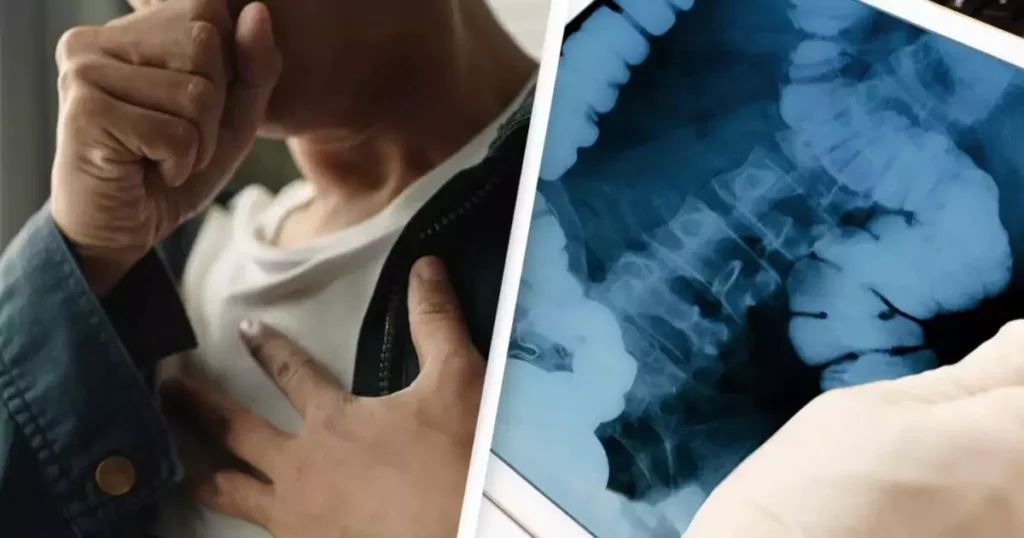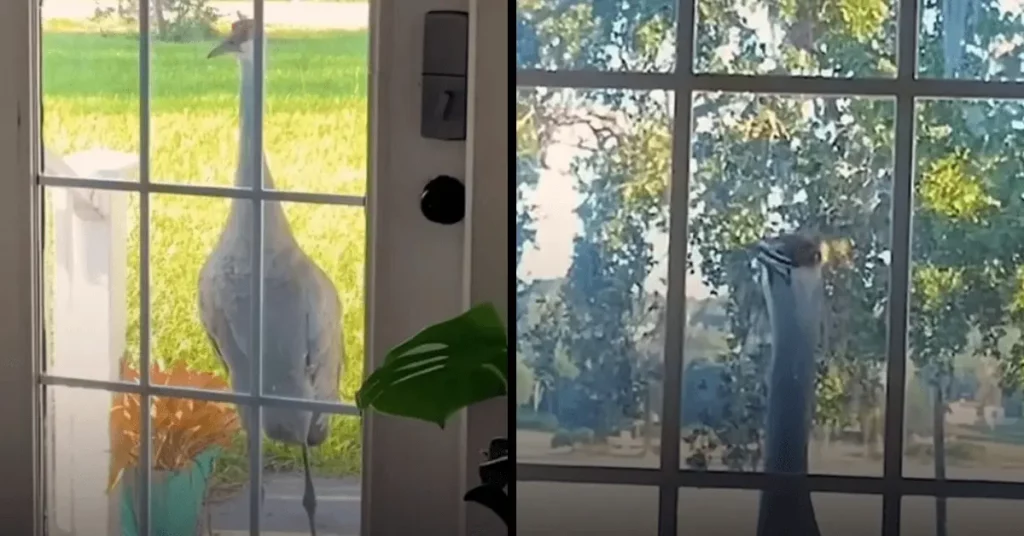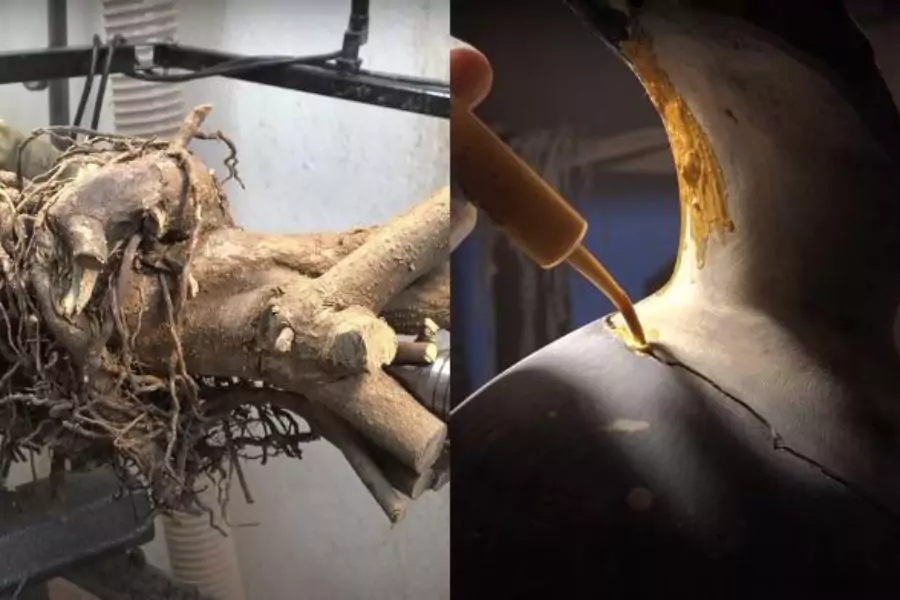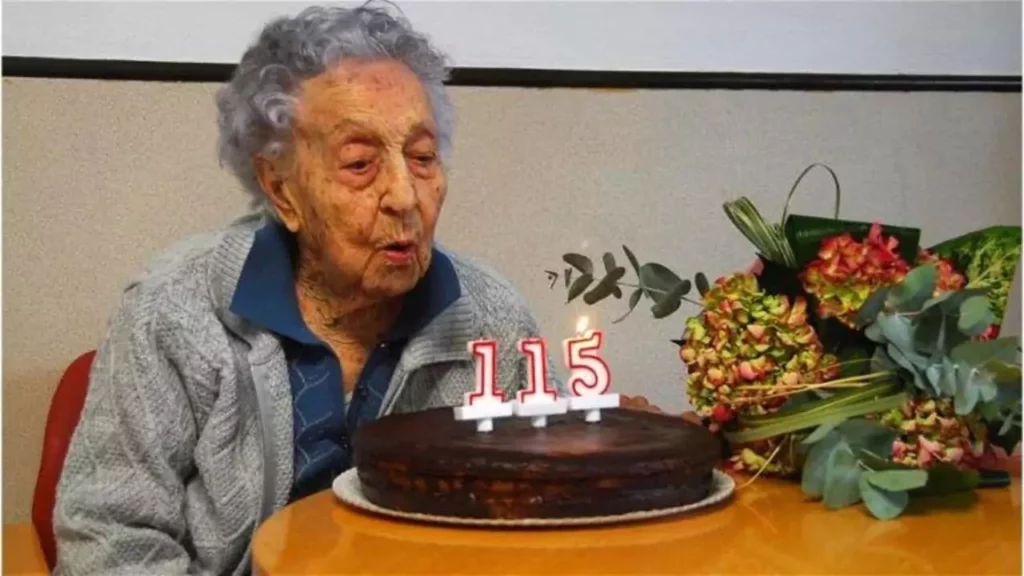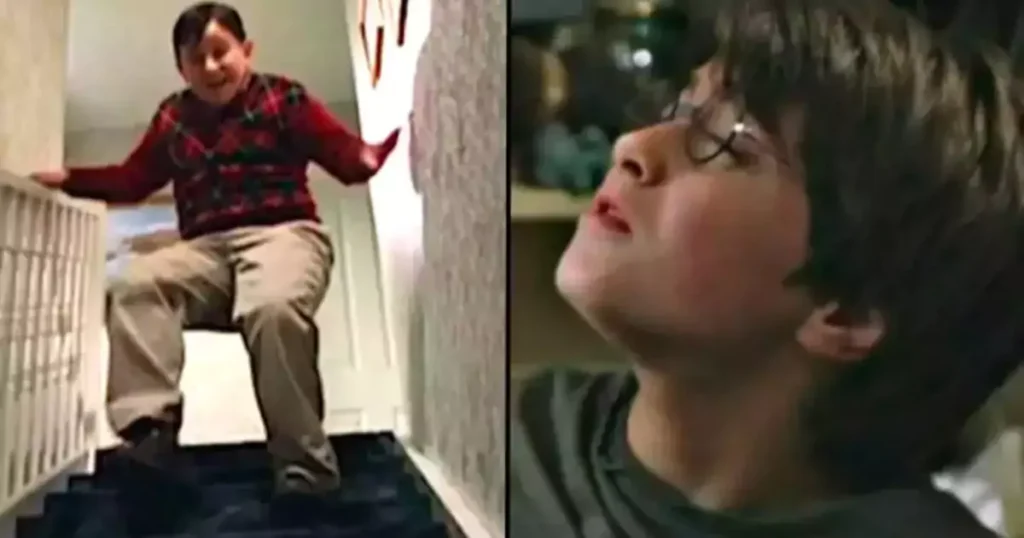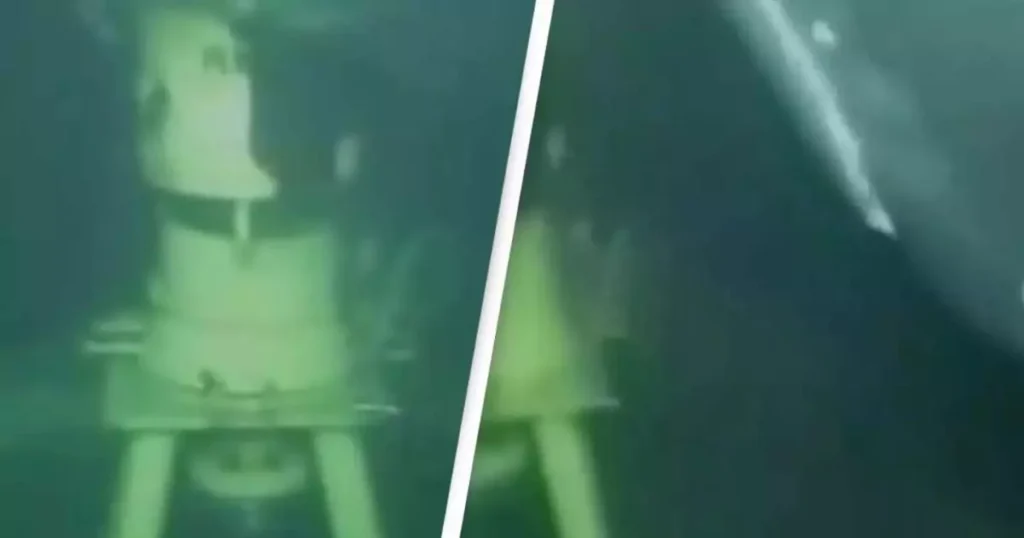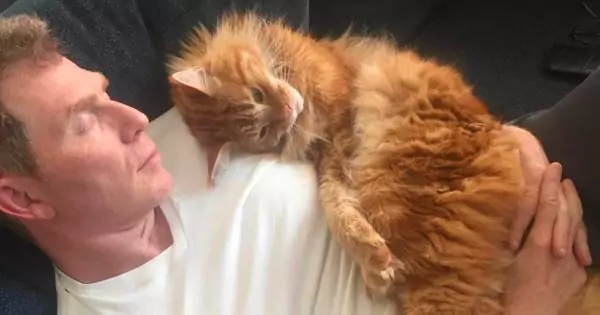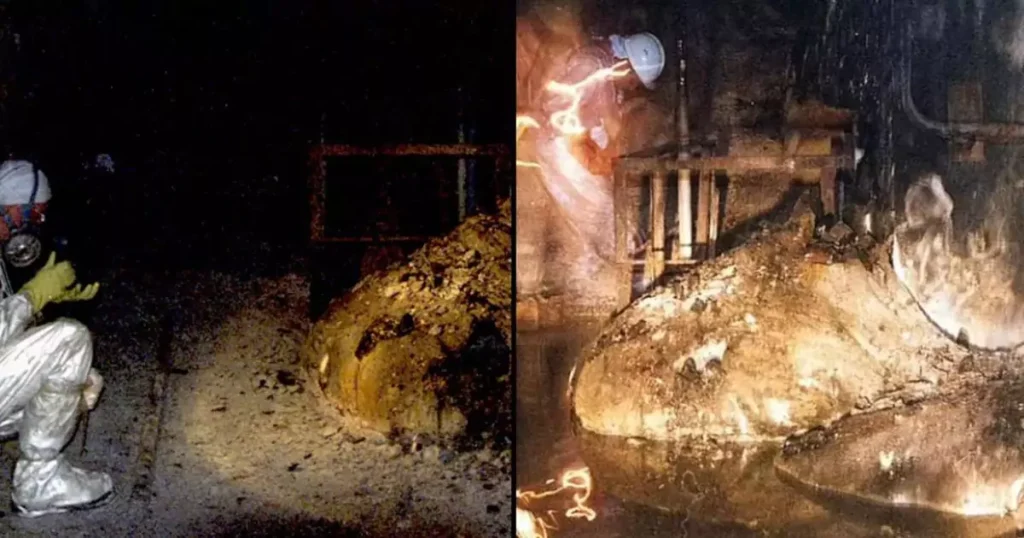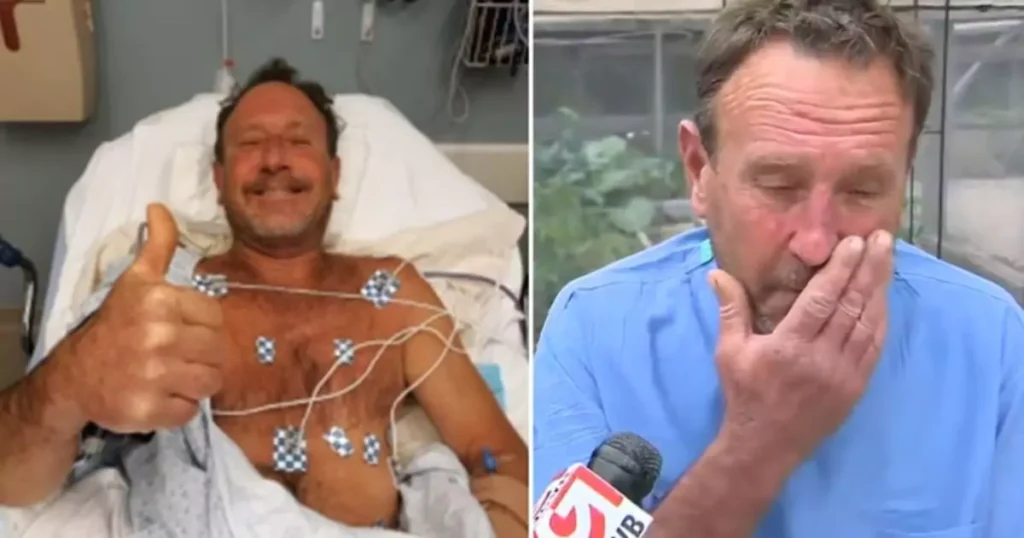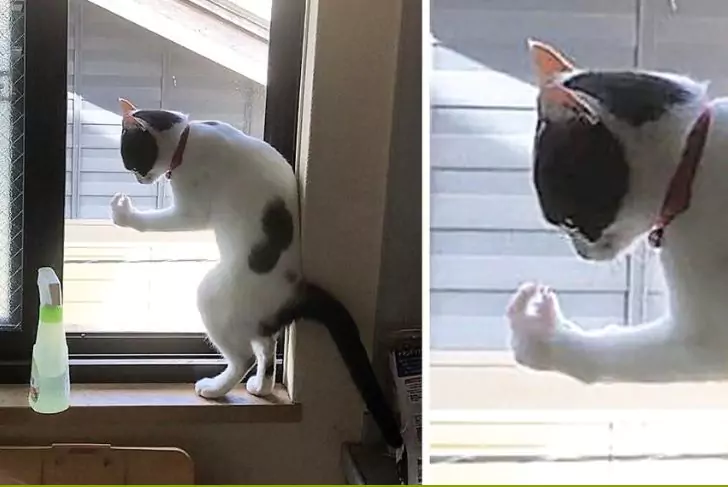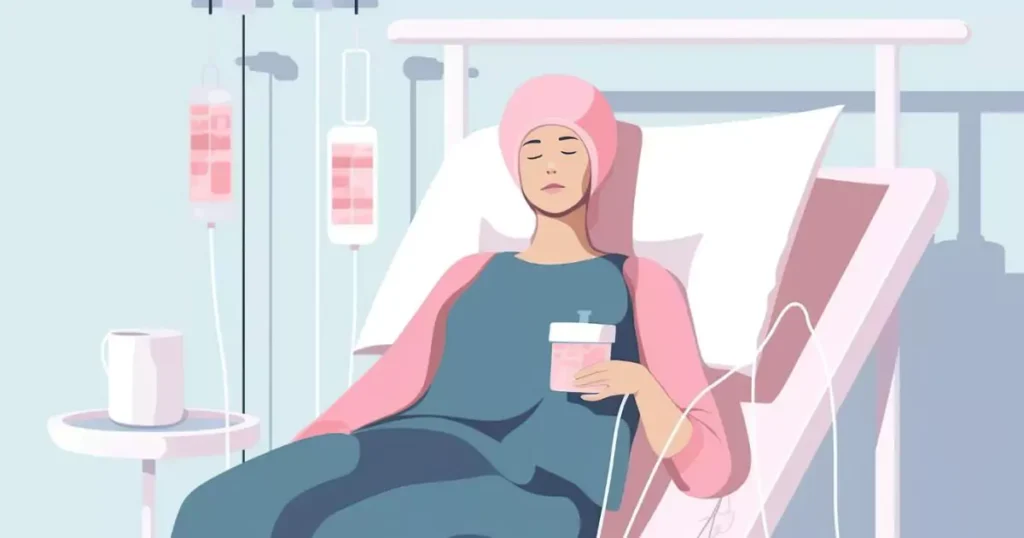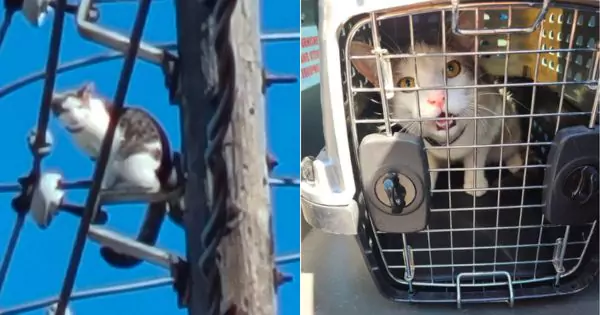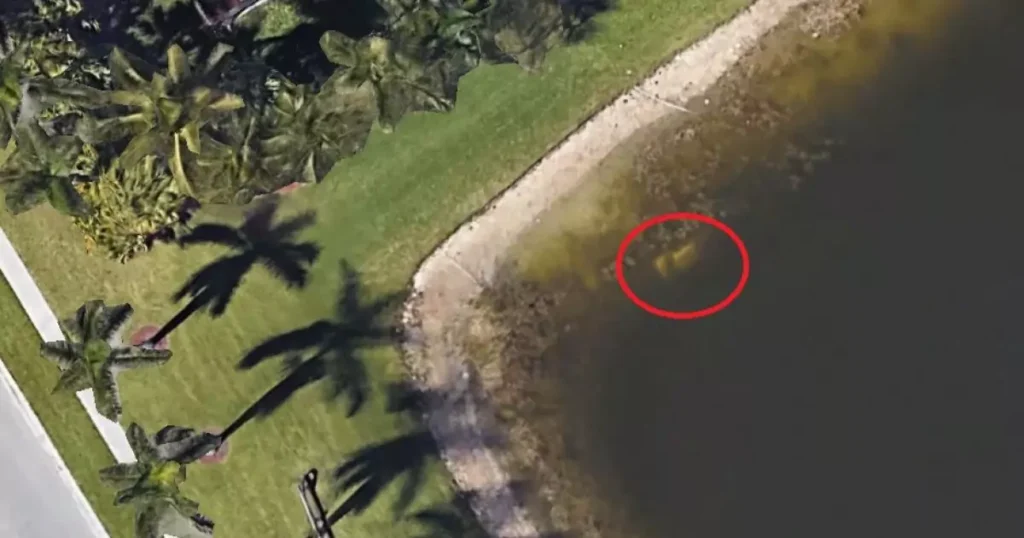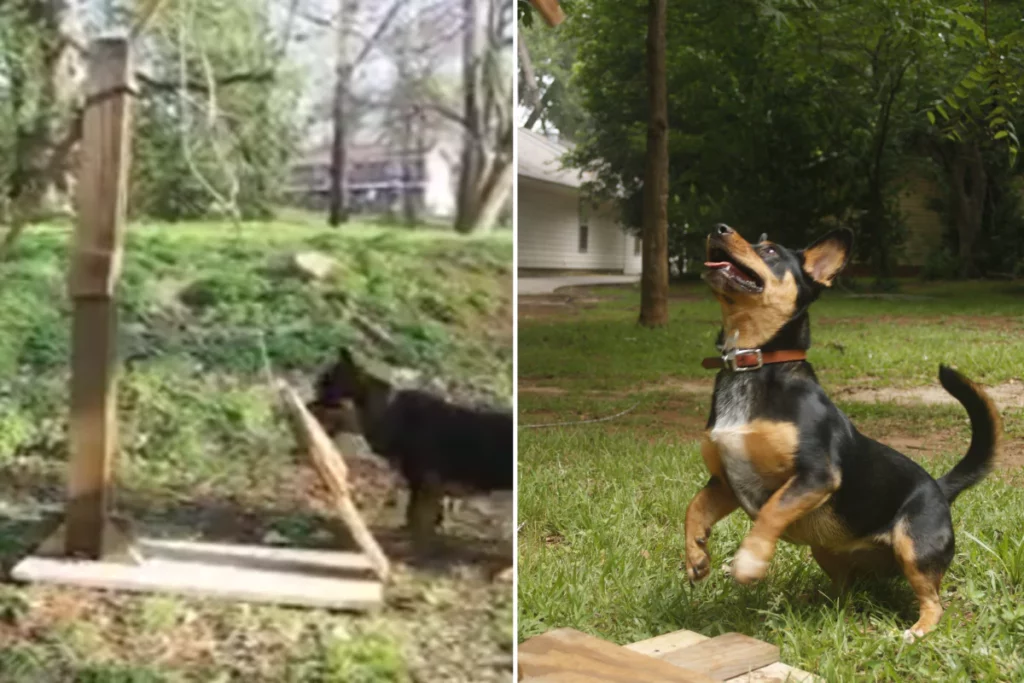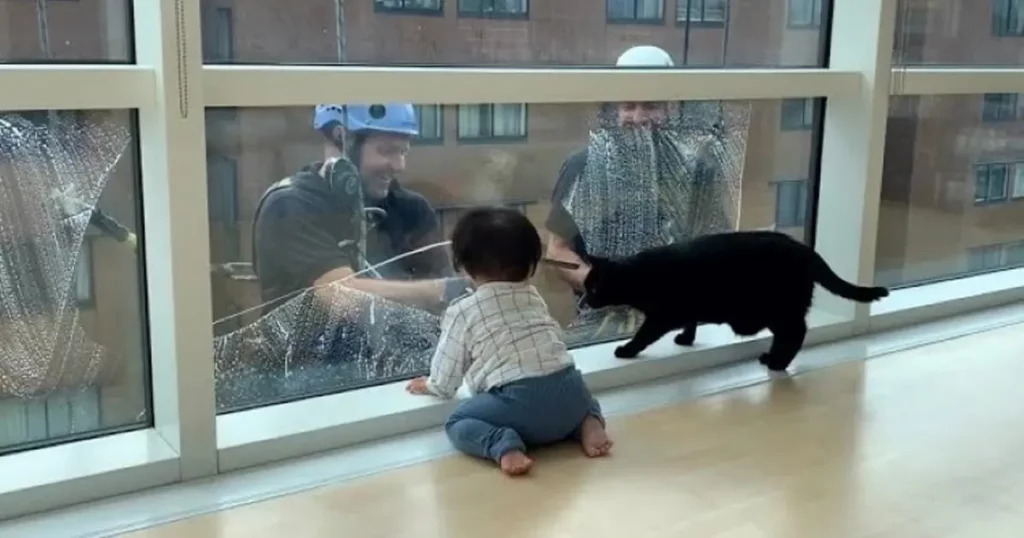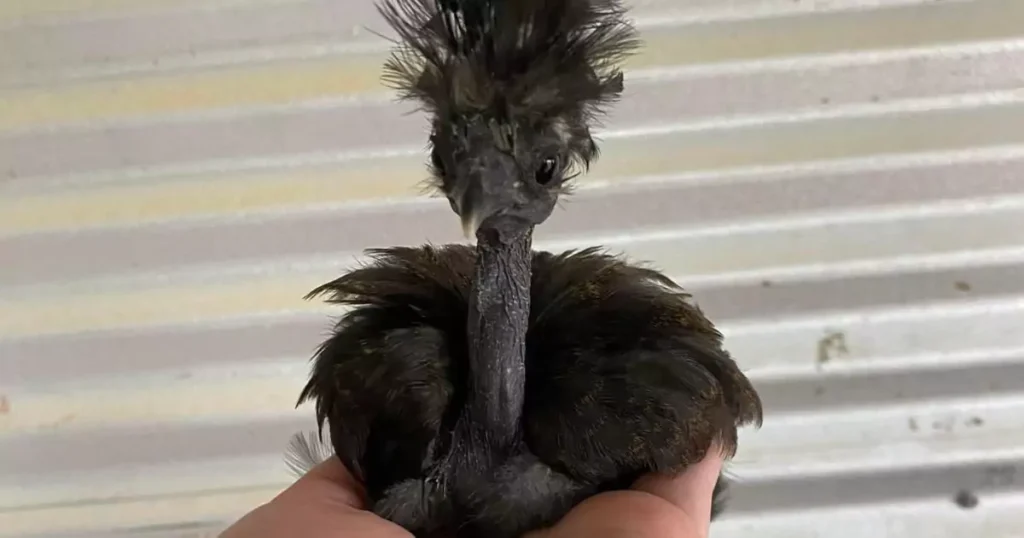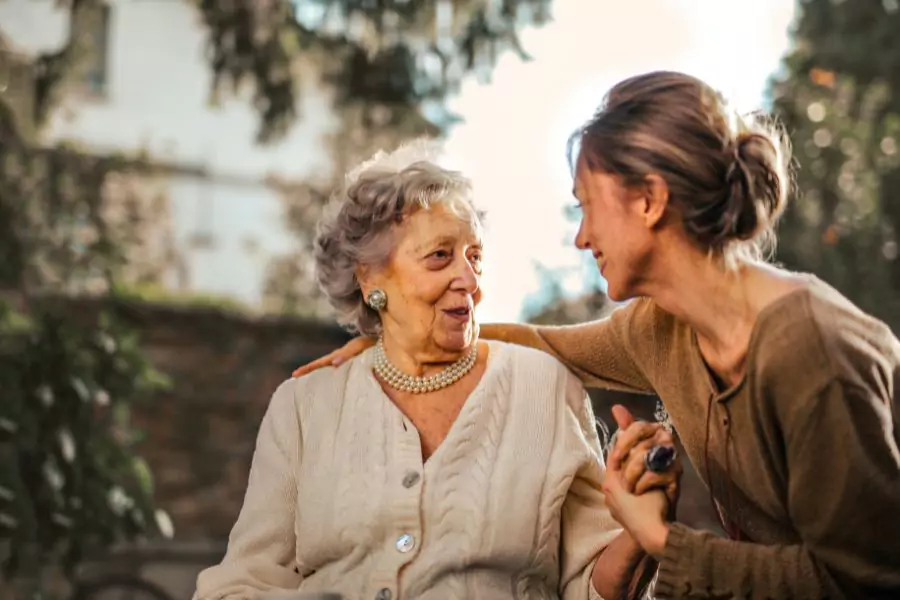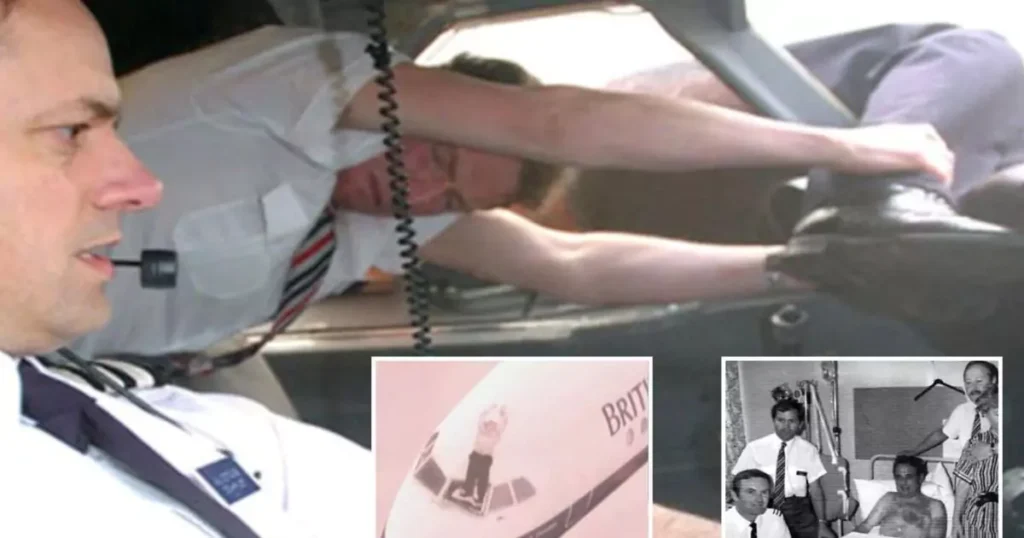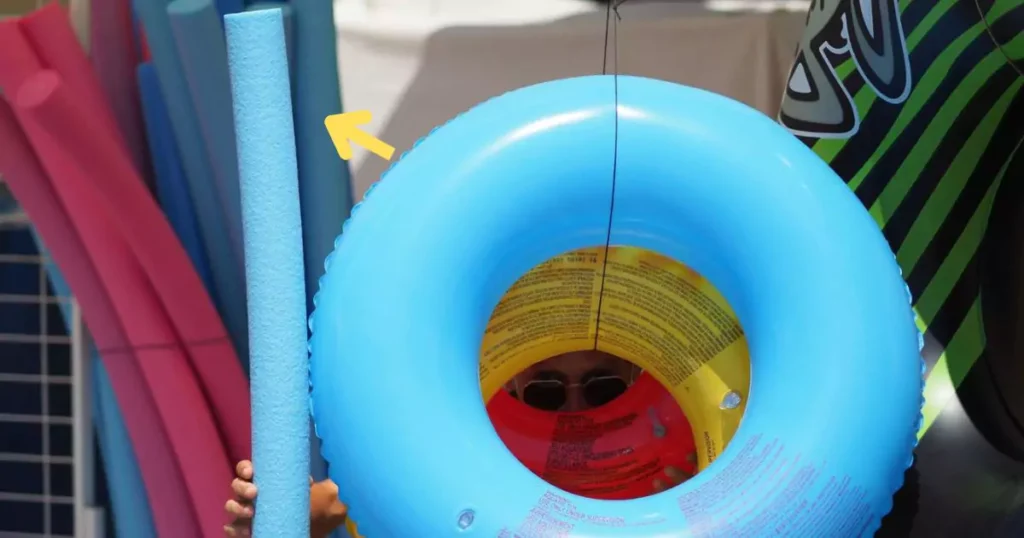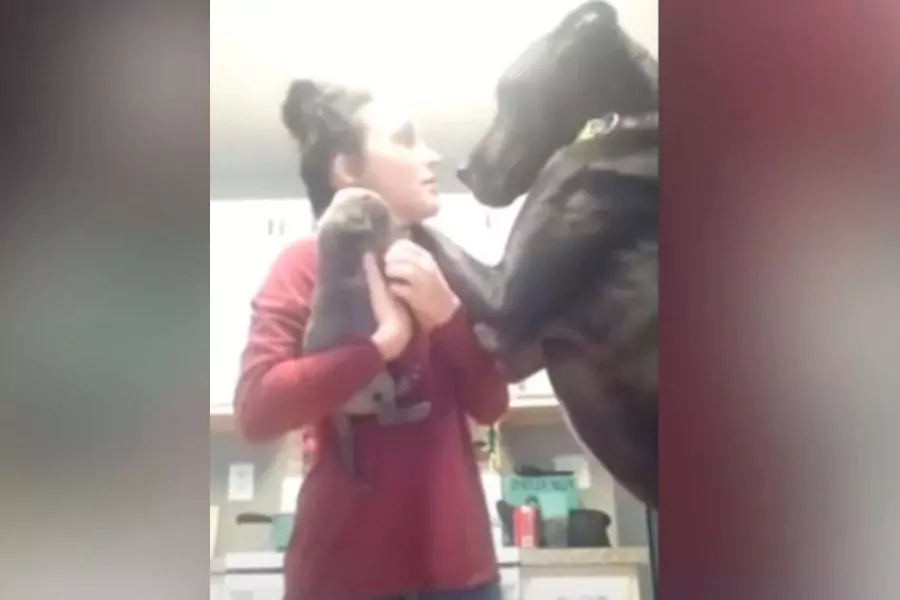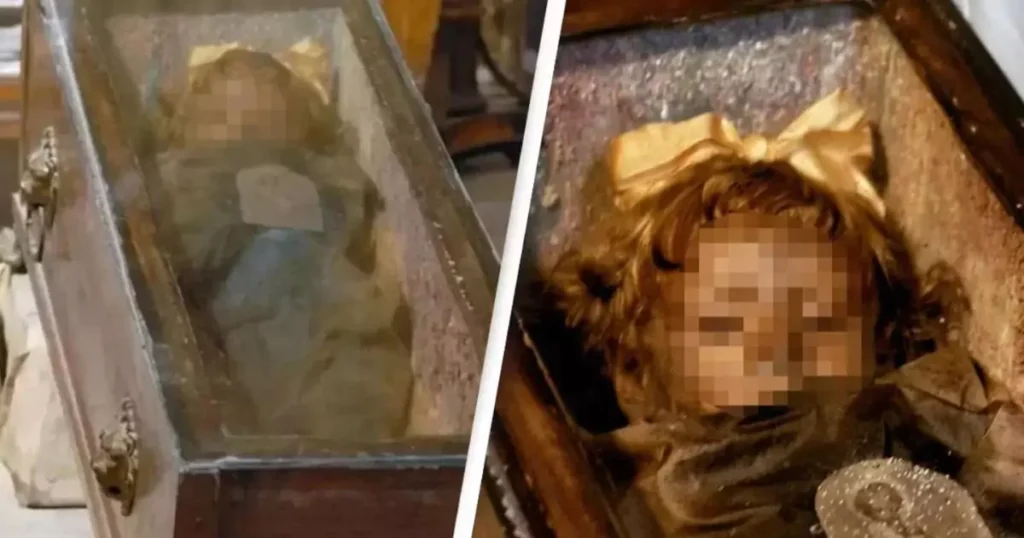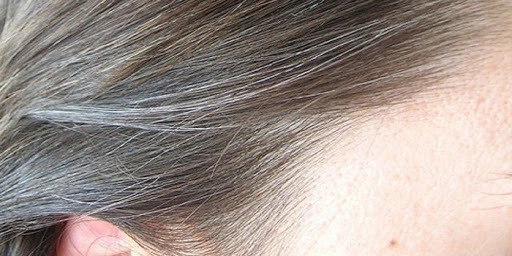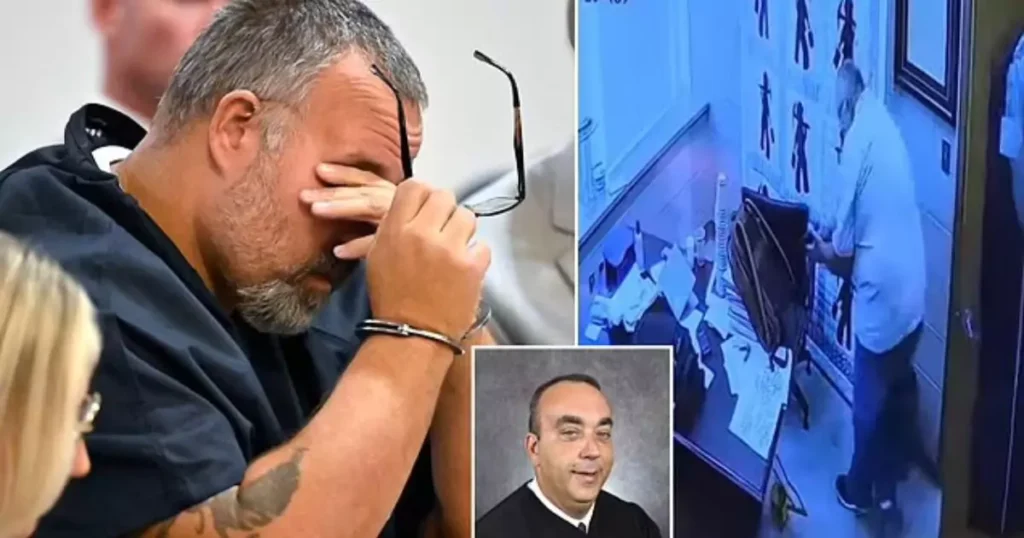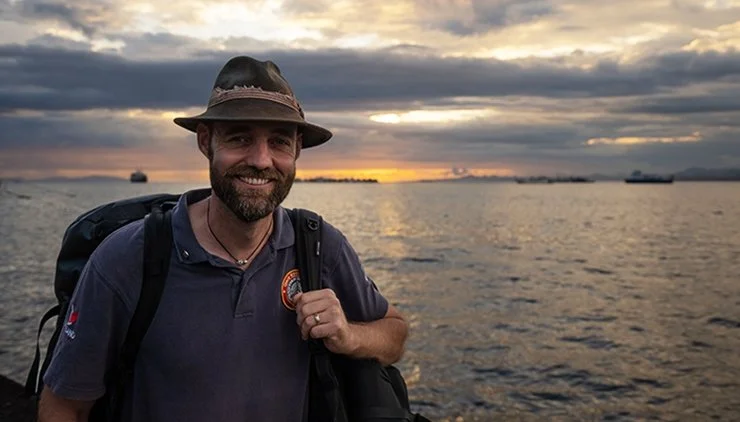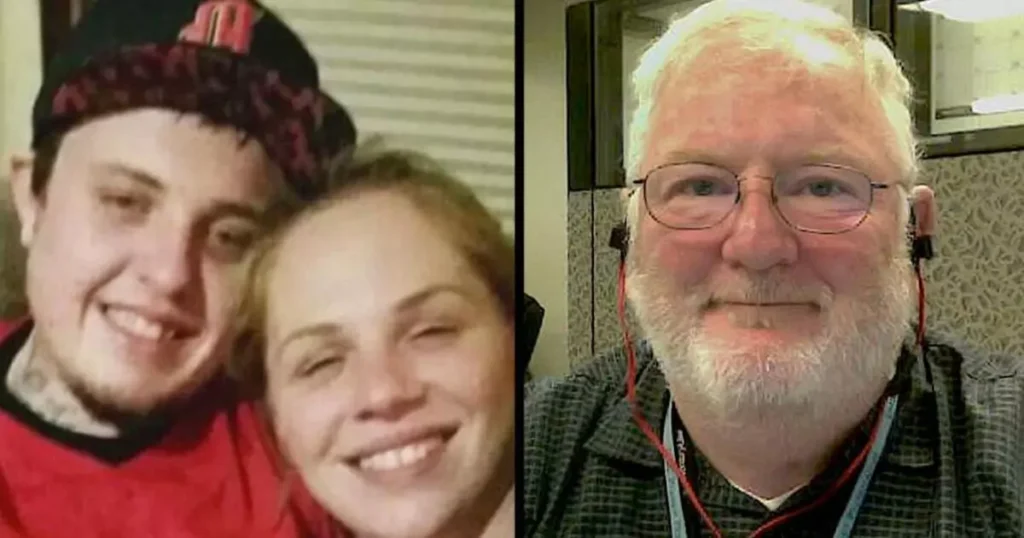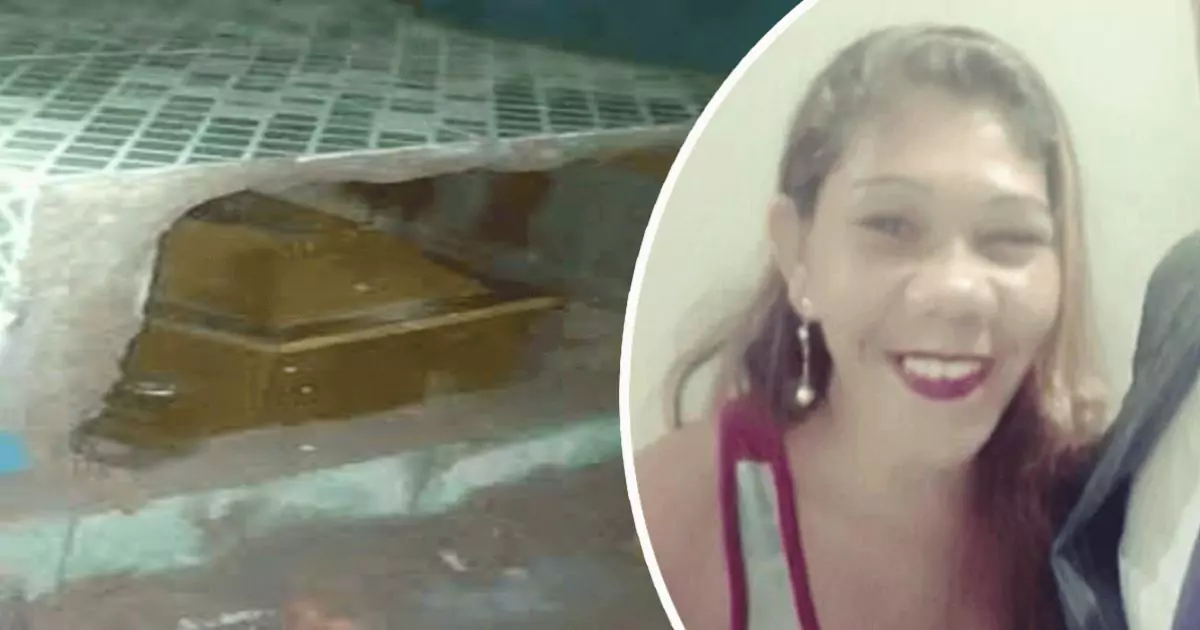
In a horrifying incident straight out of a nightmare, the family of a Brazilian woman, Rosangela Almeida dos Santos, discovered that she had been buried alive for up to 11 days before her coffin was reopened. The tragic event has raised serious concerns about the protocols for declaring someone dead and the precautions necessary to avoid such horrifying mistakes.
The Chilling Discovery
Rosangela Almeida dos Santos, a 37-year-old woman from Riachao das Neves, Brazil, was mistakenly declared dead and buried, only for her family to later discover that she had been fighting to escape her coffin. This terrifying ordeal began when locals near the Senhora Santana cemetery reported hearing strange noises, including screams and banging, coming from her grave. Despite initial disbelief, these reports prompted her family to exhume her coffin.
The heartbreaking moment was captured on video and shared widely. As the family pried open the casket, they were shocked to find that dos Santos’s body was still warm to the touch, suggesting that she had been alive for some time after being buried. Evidence inside the coffin pointed to a desperate struggle: scratches, blood marks, and the displacement of nails that had sealed the casket shut all indicated that dos Santos had tried to claw her way out.
Medical Background and Initial Burial
Dos Santos had a history of health issues, including severe fatigue and fainting spells that began when she was just seven years old. She was admitted to a hospital in northeast Brazil by her family, who were concerned about her worsening condition. While in the hospital, she was on anti-convulsant medication and suffered two cardiac arrests, which led doctors to mistakenly declare her dead from ‘septic shock.’
Her family held a wake that same evening, and she was buried in a concrete tomb the following day. Tragically, it seems that dos Santos was still alive at the time of her burial, trapped in a nightmare scenario from which she could not escape.
The Harrowing Signs of Life
The evidence found when dos Santos’s coffin was reopened painted a disturbing picture of her final moments. Inside the casket, her body had shifted position, and cotton wool that had been placed in her ears and nostrils had fallen out. Injuries on her hands and forehead suggested that she had been frantically trying to escape. The nails securing the coffin lid had been pushed upwards, indicating her desperate attempts to force her way out.
Neighbors living near the cemetery had reported hearing muffled screams during the night but initially dismissed them as pranks by local children. One neighbor recalled hearing two groans before the noise abruptly stopped, a chilling indication that dos Santos’s struggle had come to a tragic end.
The Family’s Response and Legal Action
Devastated by the discovery, dos Santos’s family reported the incident to the police, believing that she had been declared dead in error. The case has since sparked outrage and concern, highlighting the need for stricter medical protocols and safeguards to prevent such tragedies from occurring.
In light of this incident, it’s crucial to emphasize the importance of thorough medical examinations before declaring someone dead, especially in cases where the person has a history of medical conditions that could lead to misdiagnosis. Families should also be informed about the signs of life and potential errors in death certification to ensure that they can advocate for their loved ones.
The Importance of Proper Death Certification
This tragic case underscores the critical need for proper procedures and precautions when certifying death. Medical professionals must be diligent in conducting comprehensive examinations to confirm death, particularly in patients with complex medical histories. In cases of doubt, additional tests should be performed, and families should be consulted before any final decisions are made.
Furthermore, in regions where burial customs occur quickly, it is essential to implement safeguards that allow for a double-checking of death certifications, especially for individuals who have been hospitalized or are on medication that could suppress vital signs. These precautions could include mandatory waiting periods or requiring a second opinion from another medical professional before burial.
Legal and Ethical Considerations
The case of Rosangela Almeida dos Santos also raises important legal and ethical questions. Who is responsible for such a grave mistake? Could this tragedy have been prevented if proper protocols were in place? These are questions that authorities will need to address as they investigate the incident further.
From a legal standpoint, families have the right to seek justice if negligence is proven in the certification of death. Hospitals and medical practitioners could face serious repercussions if found liable for such errors. This case may also prompt legal reforms to ensure that stricter guidelines are followed in death certification processes.
A Tragic Reminder and Call to Action
The heartbreaking story of Rosangela Almeida dos Santos serves as a tragic reminder of the importance of accurate death certification and the dire consequences that can result from mistakes. It also highlights the need for ongoing education and training for medical professionals to prevent similar incidents in the future.
As we reflect on this tragedy, it is crucial to advocate for stronger safeguards and more thorough medical evaluations to protect the vulnerable and ensure that such an unimaginable horror is never repeated. The family of Rosangela Almeida dos Santos deserves answers and justice, and their experience should serve as a catalyst for change in medical and legal practices worldwide.
In memory of dos Santos, let this case be a wake-up call to improve our systems and prevent such tragic errors from ever happening again.













